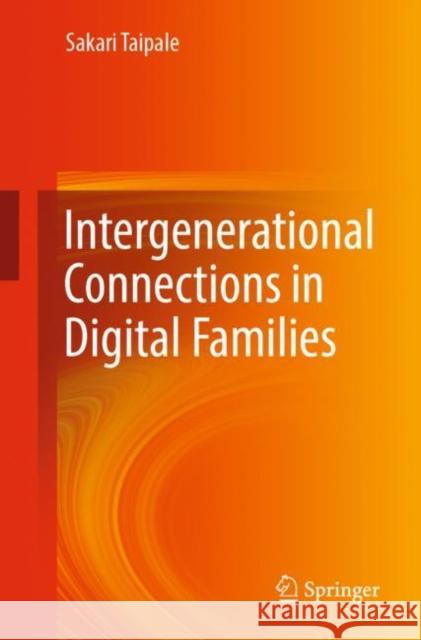Intergenerational Connections in Digital Families » książka
topmenu
Intergenerational Connections in Digital Families
ISBN-13: 9783030119461 / Angielski / Miękka / 2019 / 137 str.
Kategorie:
Kategorie BISAC:
Wydawca:
Springer
Język:
Angielski
ISBN-13:
9783030119461
Rok wydania:
2019
Wydanie:
2019
Ilość stron:
137
Waga:
0.22 kg
Wymiary:
23.39 x 15.6 x 0.81
Oprawa:
Miękka
Wolumenów:
01
Dodatkowe informacje:
Wydanie ilustrowane











